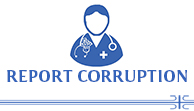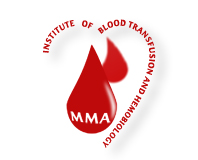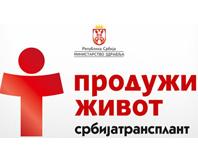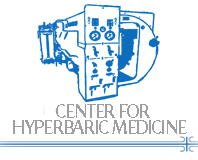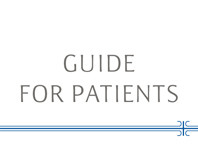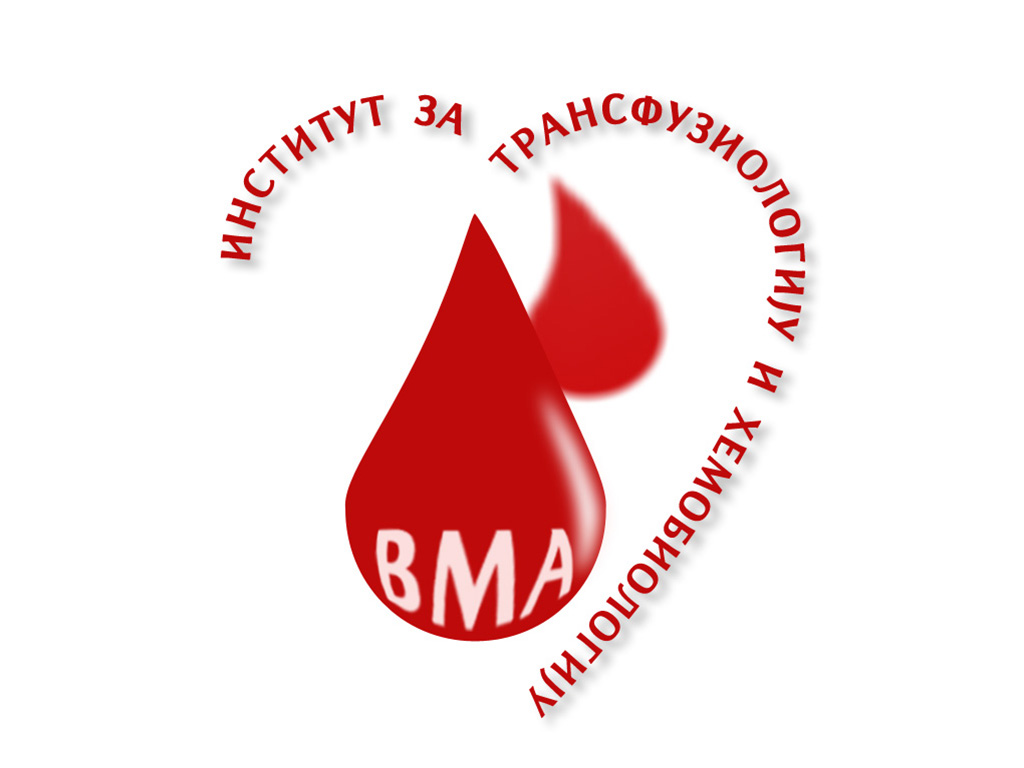
A new procedure at the Institute of Transfusion
12. 10. 2023
A non-invasive procedure - extracorporeal photopheresis, is intended for the treatment of graft-versus-host disease - an immunological complication after allogeneic hematopoietic stem cell transplantation, which significantly affects morbidity and mortality after transplantation. This procedure is also used in the treatment of other autoimmune diseases, such as scleroderma, atopic dermatitis, systemic lupus erythematosus, Crohn's disease, in the treatment of certain skin lymphomas (Sezary syndrome), rheumatoid arthritis, rare non-infectious skin diseases (pemphigus vulgaris), as well as in the prevention and treatment of rejection of a transplanted solid organ.
The procedure involves extracting leukocytes (white blood cells) from the patient, which are then combined with a photosensitizing drug and exposed to ultraviolet rays. The procedure aims to activate the drug and leukocytes, and after such processing, the suspension is returned to the patient.
Extracorporeal photopheresis is a safe procedure that is applied all over the world, the procedure takes about two to three hours, and the dynamics of repetition depend on each case.

